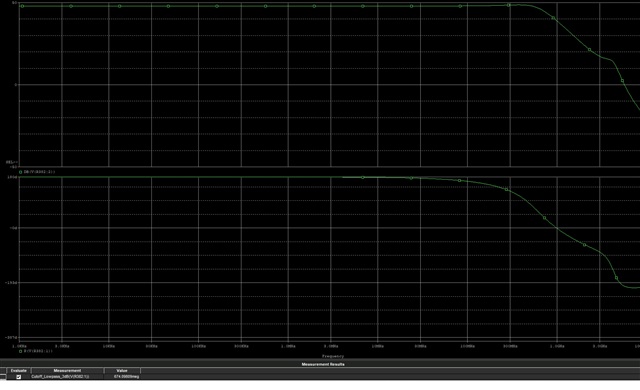Other Parts Discussed in Thread: THS4302
Tool/software:
Hi,
I'm seeking some assistance with an issue I'm encountering in my TIA (Transimpedance Amplifier) circuit based on the OPA855 op-amp. The circuit was previously working well(designed a few years back and utilized a resistive (as well as capacitive) network in the inverting input with a total BW of 200MHz), providing sufficient bandwidth for my needs, but now I'm trying to optimize the design by removing the resistive network at the inverting input.
To provide some more context, the TIA is used to convert PMT (Photomultiplier Tube) current to voltage, with a second stage THS4302 amplifier applied afterwards. Unfortunately, I'm experiencing oscillations at around 3.3GHz which move a little from around 2GHz- 3GHz over my different experiments.
The key details are as follows:
- The required gain for the first stage is 249, with a target bandwidth of 450MHz.
- My signal (in operational mode) contains different harmonic and isn’t a pure sine.
- The PMT has an input capacitance of approximately 10pF, while I consider the OPA855 to have capacitance of around 0.8pF.
- The distance between the last PMT dynode and the inverting input is about 5mm, with 3 x 0402 resistor slots, which I estimate adds around 2nH of inductance.
- I've implemented good layout practices (there are no power planes underneath the feedback network) and have ensured proper power supply filtering.
- I've tried removing the 10Ohm RISO resistor, but I'm still encountering oscillations.
- Adding a feedback capacitor in the range of 0.2pF (parasitic) all the way up to 1.5pF didn't seem to have a significant impact in reducing oscillations.
- Measurement setup:
-Power supply: OPAs are powered with ±2.2V.
-Input condition: No light input to the PMT, resulting in no input signal to the OPA855.
-Output connection: Second stage output is connected to a spectrum analyzer.
-Connection details: Impedance: 50 ohm
-Cable: MMCX to SMA
- I used the TIA calculator suggested here a few times as well as used manual calculations for Cf with no luck at getting rid of the oscillations.
- Im simulating with Orcad P-Spice: showing here the first stage - I’m pretty sure that’s where the problem is rooted (the second stage is not more than a THS4302 - signal connected to the noninverting input and the inverting input is connected to GND).


I can already see that phase margin is a problem in this case but the question is what causes it and how can it be improved( and get rid of the oscillations..).
Thanks


